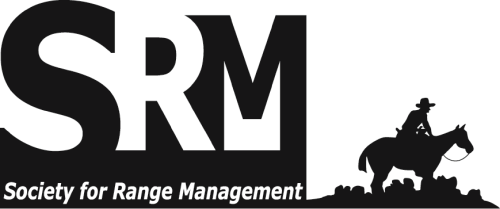On the Ground • Ecological land classification enables improved conservation by linking land types to vegetation, ecosystem services, disturbance regimes, and conservation practices. • Defining landscape-scale ecological site groups allows for the development of generalized state-and-transition models for summarizing the major ecological dynamics and associated conservation practices within a region. • We defined nine ecological sitegroups for northern New England(MLRA143) by identifying the fewest number of ecological classes as possible while retaining maximum utility of state-and-transition models for each class. • Ecological site groups provide scalability of ecological site information and simplify the development of ecological concepts and the application of appropriate conservation practices. The Rangelands archives are made available by the Society for Range Management and the University of Arizona Libraries. Contact lbry-journals@email.arizona.edu for further information. Migrated from OJS platform March 2020

Practical, non-technical peer-reviewed articles published by the Society for Range Management. Access articles on a rolling-window basis from vol 1, 1979 up to 3 years from the current year. More recent content is available by subscription from SRM.